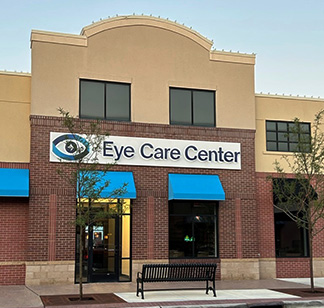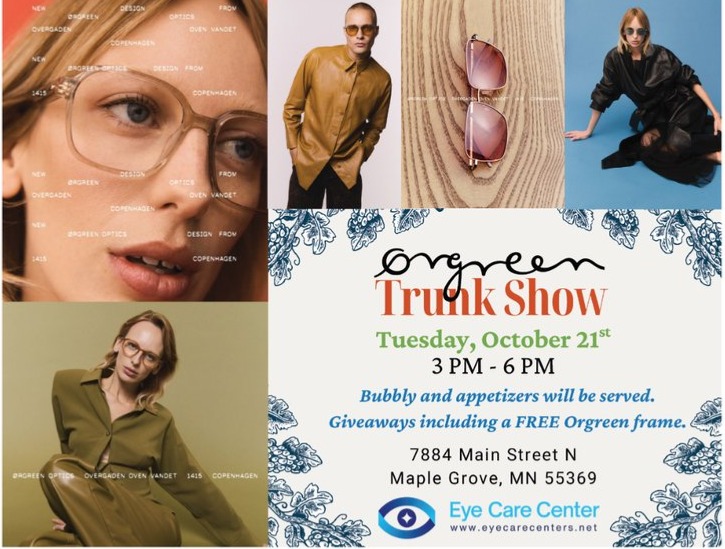
We all like spending time in the sun during summer or other seasons. The sun provides comfort and the opportunity for many fun outdoor activities. However, it is also the main producer of UV light. Despite having several advantages in small doses, UV light can pose a significant danger to our eyes when overexposed.
Here are some facts about UV protection for the eyes.
Types of UV Light
Three main types of ultraviolet light come from the sun and reach the earth. These three types differ primarily in wavelength.
UVA
UVA light is the part of the UV spectrum that comes to the earth in the most enormous quantity. It comprises about 95 percent of all the UV light that reaches the earth and is absorbed by humans and animals. This wavelength of UV light penetrates the deepest in the skin and causes tanning.
UVB
This is the second most abundant part of the UV spectrum. Much of it is absorbed by the atmosphere when it enters the earth. It is of a shorter wavelength than UVA and thus cannot penetrate deep into the skin.
UVC
This is the rarest of the wavelengths in the UV spectrum and the shortest. The ozone layer absorbs all the UVC light, and none or very little of it gets to the earth. UVC is considered the most damaging of the UV wavelengths.
Effects of UV Light on the Eyes
UV light has different effects on the human body and the eyes. The different wavelengths are responsible for various biological effects on the eyes and the body.
Macular Degeneration
Macular degeneration is the leading cause of blindness for older Americans. UV rays, especially UVA rays, can cause macular degeneration. It occurs when the retina's central portion deteriorates due to prolonged exposure to UVA. The retina is the back of the eye responsible for recording images and is thus key for vision.
Cataracts
UV light has been linked to developing cataracts in the eye. Usually, this sets in for most people when they are around 40 years old. Cataracts are the continuous yellowing and clouding of the eye's clear lens. This hinders proper focus and vision and usually needs surgical intervention.
Intraocular Melanoma
This type of cancer is generally rare, but it is the most common eye cancer in American adults. It affects the uveal tract, the layer at the center of the eye that contains the pupil and iris. It may cause a black spot on the iris, pupil distortion, and blurry vision.
Protection From UV Light
It is very easy to keep your eyes safe from the harmful effect of the different wavelengths of UV light. First, you need to have sunglasses with UVA and UVB protection anytime you go out in the sun. The best choice is wraparound glasses because they form a shield over your whole field of vision.
The second is a sun hat. It would be best to wear a sunhat even if you have sunglasses, as it will offer added protection against UV light.
For more on what to know about UV protection for the eyes, contact Eye Care Center at our offices in Fridley, Maplewood, or Maple Grove, Minnesota. You can call (763) 308-8440, (651) 777-3555, or (763) 420-6981 to book an appointment today.

















